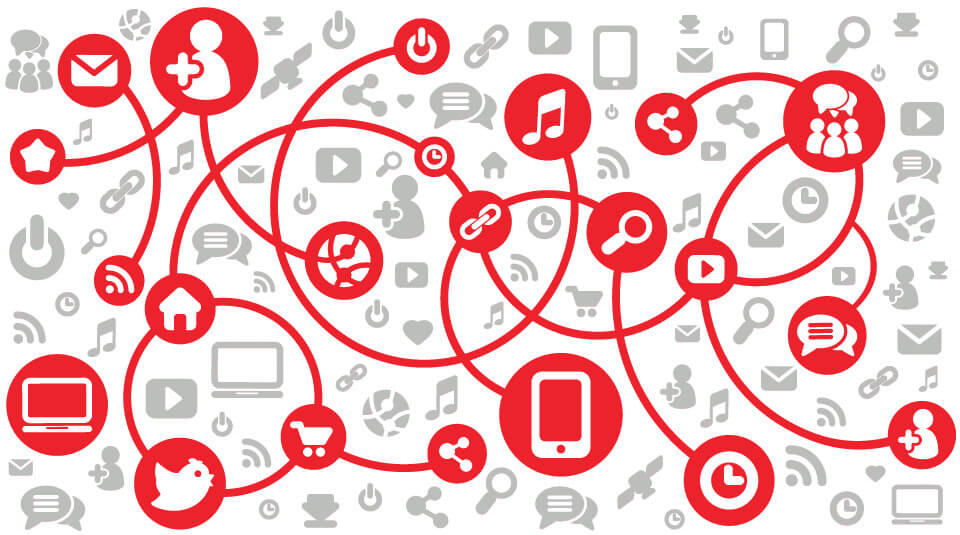
Picture this: you’re browsing online for some new work clothes, and you add something to your virtual cart but ultimately decide not to buy it.
NB: This is an article from McKinsey & Co.
Then later, you see an ad on social media for the abandoned garment. Some scratch their heads at this, but it’s actually an example of omnichannel marketing. The prefix “omni” means “all,” and “channel” is a reference to the many ways customers might interact with a company—in physical stores, by surfing the web, on social media, and in emails, apps, SMS, and other digital spaces.
Subscribe to our weekly newsletter and stay up to date
And this omnichannel approach can be a powerful way to meet your customers where they are, providing them good service in line with their preferences and needs. (Note that, in this article, we use the terms “customers,” “consumers,” and “shoppers” interchangeably in referring to omnichannel marketing in both B2B and B2C contexts.)
More and more, customers move across all channels—in person, online, and beyond—to get what they want. But not every customer is looking for the same thing, and omnichannel marketing acknowledges that. Some people want more services for certain transactions; others prefer low-touch, 24/7 interactions. Effective omnichannel marketing, then, happens when companies provide a set of seamlessly integrated channels, catering to customer preferences, and steer them to the most efficient solutions.
So why is omnichannel marketing important? Research on the omnichannel experience shows more than half of B2C customers engage with three to five channels each time they make a purchase or resolve a request. And the average customer looking to make a single reservation for accommodations (like a hotel room) online switched nearly six times between websites and mobile channels. If these customers encounter inconsistent information or can’t get what they need, they may lose interest in a brand’s products or services.
And this can translate into business outcomes. Omnichannel customers shop 1.7 times more than shoppers who use a single channel. They also spend more.
Sometimes the term omnichannel is used in the context of customer service or customer experience. And it’s also used as a descriptor of other elements that go into supporting an organization’s omnichannel efforts—for instance, omnichannel supply chains, which is shorthand for an approach in which companies ensure that their supply chains are optimally set up to support omni marketing efforts.
What are examples of omnichannel?
Omnichannel approaches are commonly used in retail (both B2B and B2C), but you’ll also find it in healthcare and other spaces. Medtech companies, for instance, use a variety of channels including digital marketing, inside sales, portal and e-commerce, and hybrid sales-rep interactions to engage with healthcare professionals.




